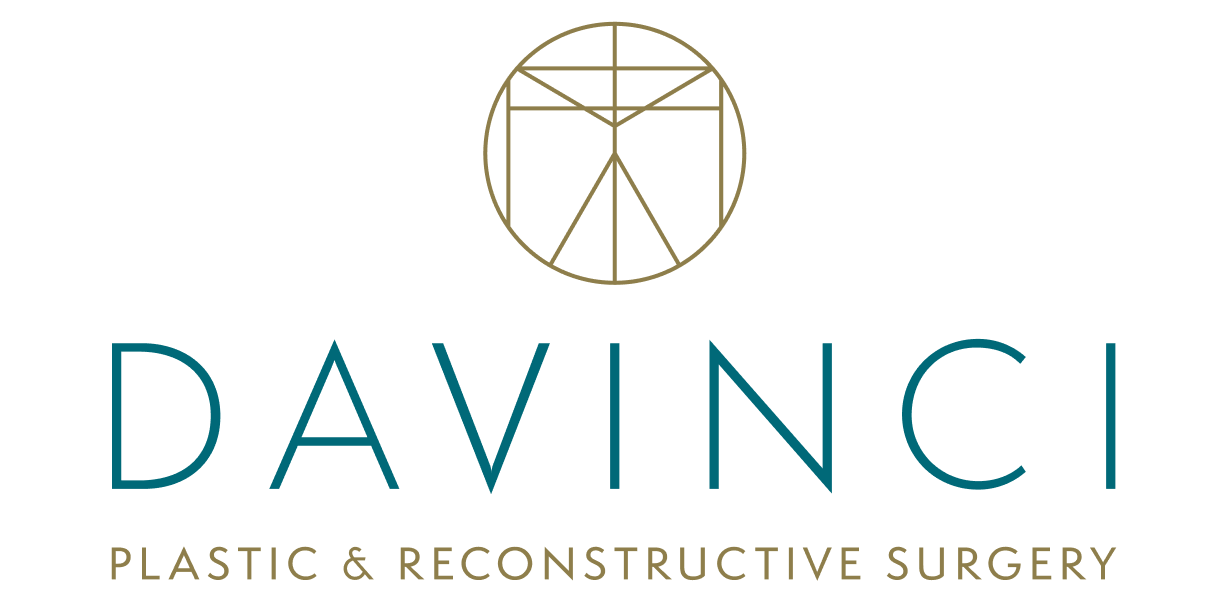Posted December 11, 2011 in Breast Cosmetic Surgery, Uncategorized
3 minute read
 Breast Augmentation requires four important decisions for the surgical plan. Answering the key questions clearly improves communication and helps meet patient expectation.
Breast Augmentation requires four important decisions for the surgical plan. Answering the key questions clearly improves communication and helps meet patient expectation.
1 – Size of the Augmentation.
This is key to the patient’s satisfaction. It is a little like Goldilocks this one’s too big, this one’s too small and this one’s just right. Using cup size as a starting point is fine but as everyone’s perception of cup size is different, fraut with pitfalls. A better estimate is to use cc increase. As there are physical parameters such as base width of the breast and skin envelope size, a starting range should be suggested by your surgeon. Trying on sizes in a trial and error session or using state-of-the-art 3D imaging are current ways to establish size. 3D imaging now allows patients to see their own chest with and without clothes after augmentation; it is just short of amazing.
2 – Type of Implant
Silicone versus saline is the question. If you’re under 22 years of age, saline is the only option, yet any older and it’s the patient’s desire. The safety concerns stirred up in the media have had no medical science support. So now it comes down to the pros and cons. Silicone implants are softer, lighter and more natural. Saline implants are more prone to rippling unless overfilled which leads to firmness yet can be placed through smaller incisions. This advantage has been negated by the success of an implantation tool called the Keller Funnel. Type of implant is irrelevant to size unless really large implants are chosen which need a larger access incision.
3- Placement of Margin
The location of incision is either inframammary (in the fold under the breast), periareolar or around the nipple area, transaxillary via the axilla crease or through the bellybutton. The axilla and bellybutton offer smaller, more hidden incisions where an inflatable saline device is inserted. This benefit is not so great now that more silicone devices are used. The inframammary incision gives the surgeon the most control, yet can ride up the breast with maturity. Ideally, the periareolar incision can be almost imperceptible when it heals but a poor scar or decreased nipple sensation are potential risks. A larger silicone access incision in the axilla can be cosmetically sensitive to the women doing moderate to high intensity exercise in which the arms are raised. An experienced surgeon should consider anatomy, the size and patient desires before pitching the incision. Beware the surgeon who just uses his or her incision only.
4 – Position of Implant
The last issue is a subglandular device which is under the breast versus the device which is partially under the muscle. The advantage of under the breast or subglandular implant is more effective in size particularly to address some mild breast ptosis. The disadvantage is the implant may show through the skin. A subglandular device is not for thin-skinned individuals or those without at least 2 cm of breast coverage in the upper pole. The partial subpectoral placement means the upper 2/3 of the implant is under the pectoralis muscle. This has the advantage to reduce the round edge of devices being obvious. The lower third of the device is still covered by the gland alone. Muscle force and function is not affected. In conclusion, the subglandular position is ideal for a larger breasted patient who wants more fullness to correct mild ptosis. The partial subpectoral device is better for most other patients.







